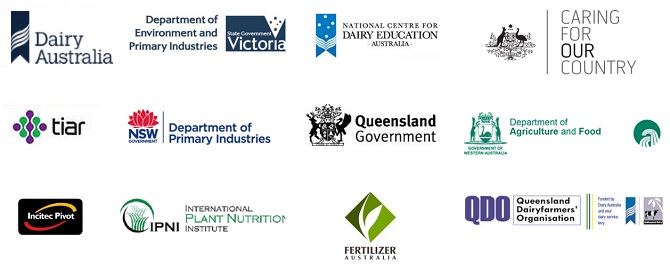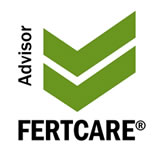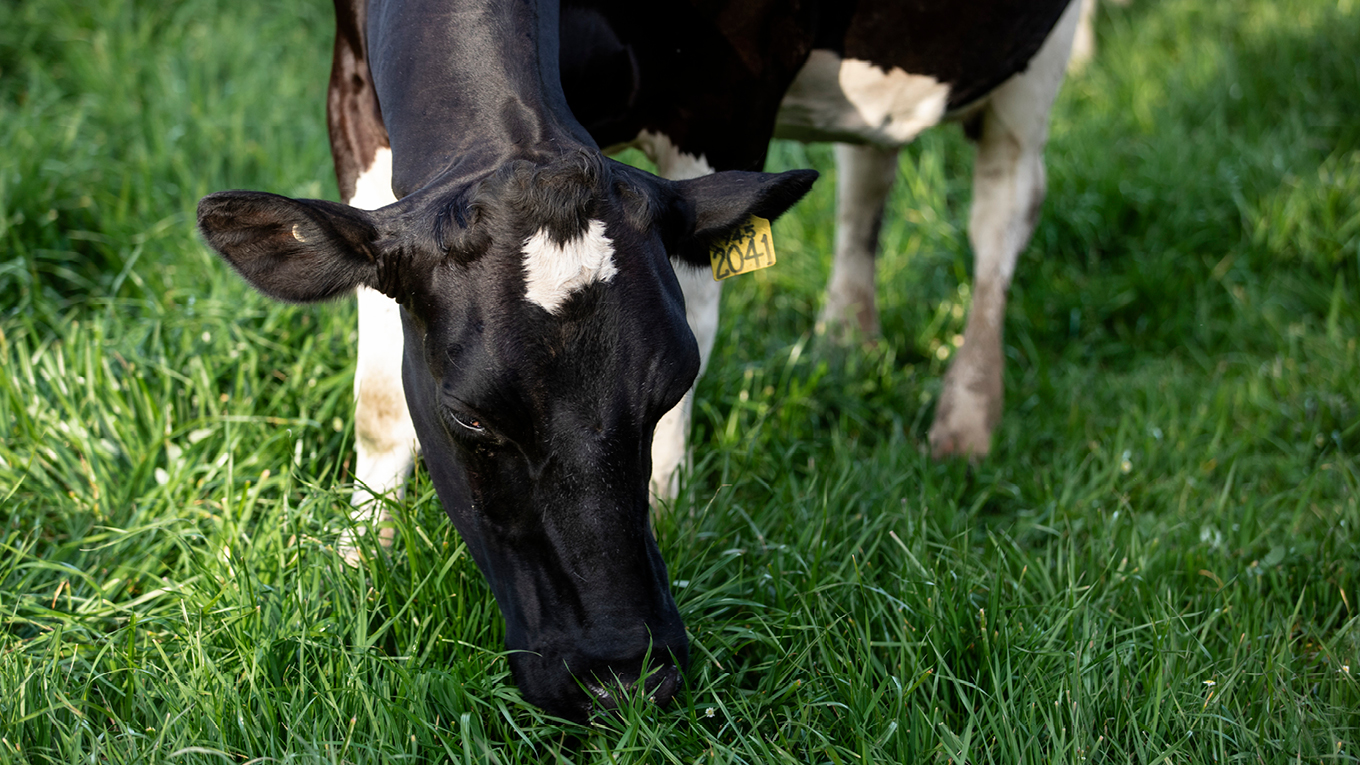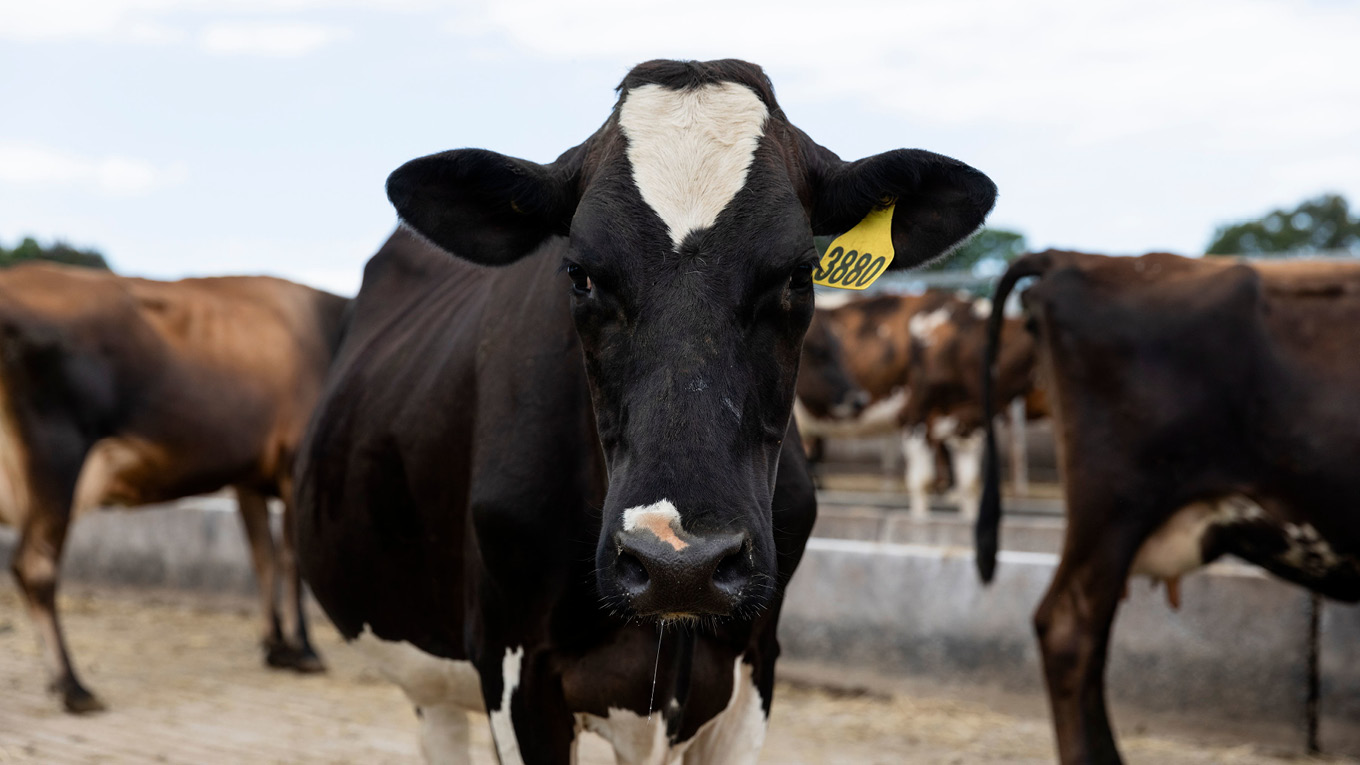Fert$mart
Australian dairy farmers are among the most efficient dairy producers in the world. To survive in this competitive industry, the production and utilisation of pasture as their main feed source is key to their future success.
Many farmers find that when they get soil and fertiliser management right, they can produce more feed at no extra cost. With careful planning, fertiliser becomes a strategic tool to boost feed when it is most needed, whilst ensuring there are minimal nutrient losses to the environment.
Fert$mart provides farmers and advisors with a planning approach and the know-how to achieve this.
The Fert$mart planning approach aims to better match nutrient applications to pasture and crop nutrient requirements, allowing dairy farmers to save money on fertilisers without reducing production. Using the Fert$mart approach, nutrient application can better match the right product at the right rate at the right time and in the right place.
Dairy Soils and Fertiliser Manual
The 'Dairy Soils and Fertiliser Manual' provides farmers and advisors with a logical planning approach and the technical know how to make profitable and environmentally responsible fertiliser management decisions. The manual consists of six modules arranged in a logical order to prepare a whole-farm soil and fertiliser management plan. However, it is also designed for easy navigation from any entry point.
-
Dairy Soils and Fertiliser manual
PDF, 7.97 MB
You can access individual chapters below.
-
Module 1 - Planning
-
Fert$mart Chapter 1 - Planning
PDF, 479.71 KB
-
-
Module 2 - Limits to production
-
Module 3 - Productive soils
-
Module 4 - Valuing nutrients
-
Module 5 - Fertiliser selection
-
Module 6 - Fertiliser planning
How Fert$mart are you?
Optimum use of fertilisers creates a "win-win" situation for both farmers and consumers.
It provides value for money for dairy farmers, important for profitability. It also ensures minimal environmental impact, boosting consumer confidence that farmers are acting responsibly in the production of dairy products.
There are a series of common sense actions agreed to by farmers, agronomists, and fertiliser distributors that indicate if a specific farm business is optimising the use of fertilisers on their farm.
Do this quick test to see how you rate. Depending upon your score you may have to adjust your management to achieve a "best practice rating".
The following questions cover the key components to being a Fert$mart dairy farm business.
-
How Fert$mart are you? Checklist
PDF, 840.96 KB
This check-list was developed using information provided by John Mulvany of OMJ Consulting, April 2016
What does your total score tell you about how Fert$mart you are?
| Above 90 It is likely that optimum, responsible use of nutrients is occurring in your business. |
| 70-90 Fert$mart compliant; no action essential but could be considered. |
| Below 50 – 70 Adjustments are required to become Fert$mart compliant. |
| Less than 50 Significant changes are urgently required to become compliant. |
| If you rated below 70% it may require discussion with your Fert$mart approved advisor. |
Frequently asked questions
-
Frequently asked questions
Fert$mart is a program initiated by Dairy Australia in response to a need identified by the Dairy Moving Forward Committee. Fert$mart encompasses the dairy industry’s national nutrient management guidelines, developed to improve the efficiency and profitability of fertiliser use, and to improve soil health on Australian dairy farms.
Fert$mart is founded on the best available science which is now accessible online in the Dairy Soils and Fertiliser Manual. Fert$mart also provides easy-to-follow planning steps to guide farmers and advisors with fertiliser planning and decision making. Fert$mart Planning is the key to knowing how and when to use the industry’s tool box including: feed budgeting, soil and pasture condition assessment, soil and plant tissue testing, nutrient budgeting, nutrient loss risk assessment, nutrient mapping, 4Rs recommendations, record keeping, and more.
-
Who uses Fert$mart?
Fert$mart is used by dairy farmers, farm managers, agronomists, farm advisors, fertiliser retailers, dairy education and catchment groups.
Fert$mart has been used to prepare whole farm soil and nutrient management plans since 2013.
-
What are the Benefits?
Many farmers are now finding that when they get soil and nutrient management 'right', they can produce more feed at no extra cost, and with careful planning fertiliser becomes a strategic tool to boost feed when it’s most needed.
Fert$mart helps farmers and advisors to make more informed cost-effective fertiliser management decisions.
Pasture production depends on sound use of nutrients, and it is important to understand soil conditions and what is limiting production if best results are to be achieved from fertiliser use. Regular soil testing is necessary to make informed decisions on fertiliser use, and the ability to interpret these results is the key to making the most cost-effective fertiliser choice. It is also important to understand the balance of nutrients in our farming systems.
The environmental impact of nutrients lost from our farming systems can be severe, and lost nutrients are also wasted money. An improved understanding of nutrient management will assist in the well-being of our waterways and in maintaining a healthy environment well into the future. A new chapter in the Dairy Soils and Fertiliser Manual has been introduced to help farmers and advisors with this increasingly important area.
Another area with increasing interest has been soil biology and soil health. Many dairy farmers are now recognising that productive soils are those with good soil structure, optimum fertility and are biologically active. A new chapter on soil biology removes some of ‘mystery and myths’ around managing soil organisms in a productive dairy system.
More information
The Dairy Soils and Fertiliser Manual would not have been possible without the funding and significant contribution of resources by the following organisations:
Funding: Dairy Australia, National Centre for Dairy Education Australia (NCDEA), Department of Environment and Primary Industries Victoria, Australian Government’s Caring for Our Country Program.
Significant contribution of additional resources: Dairy Australia; National Centre for Dairy Education Australia (NCDEA); Department of Environment and Primary Industries Victoria; Department of Primary Industries New South Wales; International Plant Nutrition Institute, Australia; Department of Science, Information Technology, Innovation and the Arts (Queensland); Department of Agriculture and Food, Western Australia; Tasmanian Institute of Agriculture; Fertilizer Australia; Incitec Pivot Fertilisers and the Queensland Dairyfarmers’ Organisation.

Advisor Accreditation / Training

Fertcare is a training, quality assurance, certification and accreditation program delivered by independent third parties on behalf of the fertiliser industry. The program focuses on providing high quality advice to users of fertilisers to allow them to maximise productivity and minimise environment and food safety risk.
The Fertcare Accredited Adviser Program assesses the competence of advisers to make nutrient recommendations. The assessment is based on standards set by the Australasian Soil and Plant Analysis Council.
The Fertcare technical standards for nutrient management planning on Australian dairy farms is a comprehensive guidance document outlining the performance standards expected of Fertcare Accredited Advisors offering dairy specific nutrient management advice. The purpose is to ensure that nutrient management plans (NMP) and fertiliser advice provided to dairy farmers is based on objective measures. Nutrient management is a high priority for both production and environmental performance on dairy farms, and these standards guides what should be included in these plans. Access the guide here.
Contact
For more information about Fert$mart contact:


